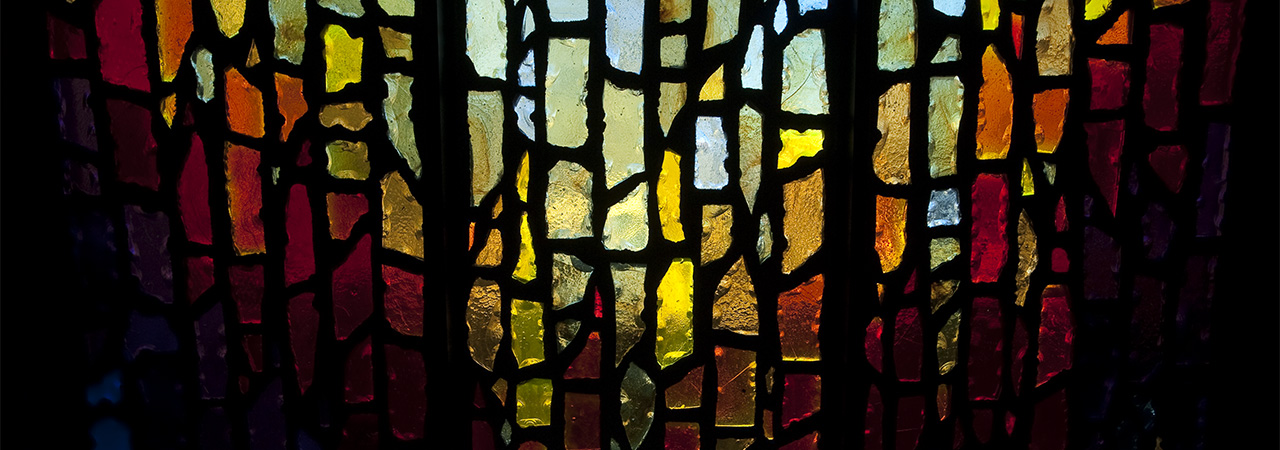
True fact: a mere 4 nucleic acids in our DNA yield endless variety in human beings. What if we re-combined that infinite human potential to heal this broken world? The post-Revolutionary world into which Blessed Basil Moreau launched his new Congregation of Holy Cross demanded more healing and education and pastoral care than even the most zealous vowed religious priests could ever hope to accomplish on their own. Constantly on the move, Moreau expanded Holy Cross to include religious brothers and sisters whose work as educators and nurses complemented the efforts of the priests to “make God known, loved and served.” Even that was not enough; thus, drawing upon the varied expertise of lay collaborators was built into the “DNA” of Holy Cross life to a far greater degree than in most Catholic religious orders. Holy Cross recognizes that they need to link arms and join hearts and spirits with lay women and men in order to fully be the Congregation of Holy Cross in this world that groans for wholeness and fulfillment. There is, quite simply, no other way to accomplish all that is necessary, and in many of their documents, Holy Cross elevates their lay collaborators (that’s all of us at UP!) by referring to us as “co-disciples.” This is yet another characteristic that sets UP and Holy Cross apart: living out zeal, community and interdependence—and all the other charisms of Holy Cross—alongside those whose names end in CSC, as full partners.
University of Portland
5000 N. Willamette Blvd.,
Portland, Oregon 97203-5798
503.943.8000
This website uses cookies to track information for analytics purposes. You can view the full University of Portland privacy policy for more information.
